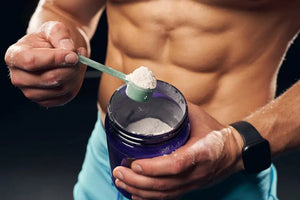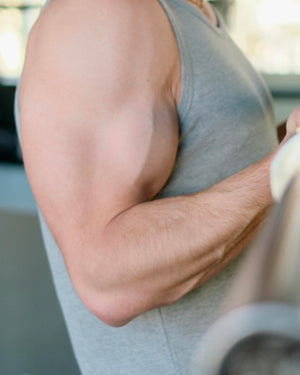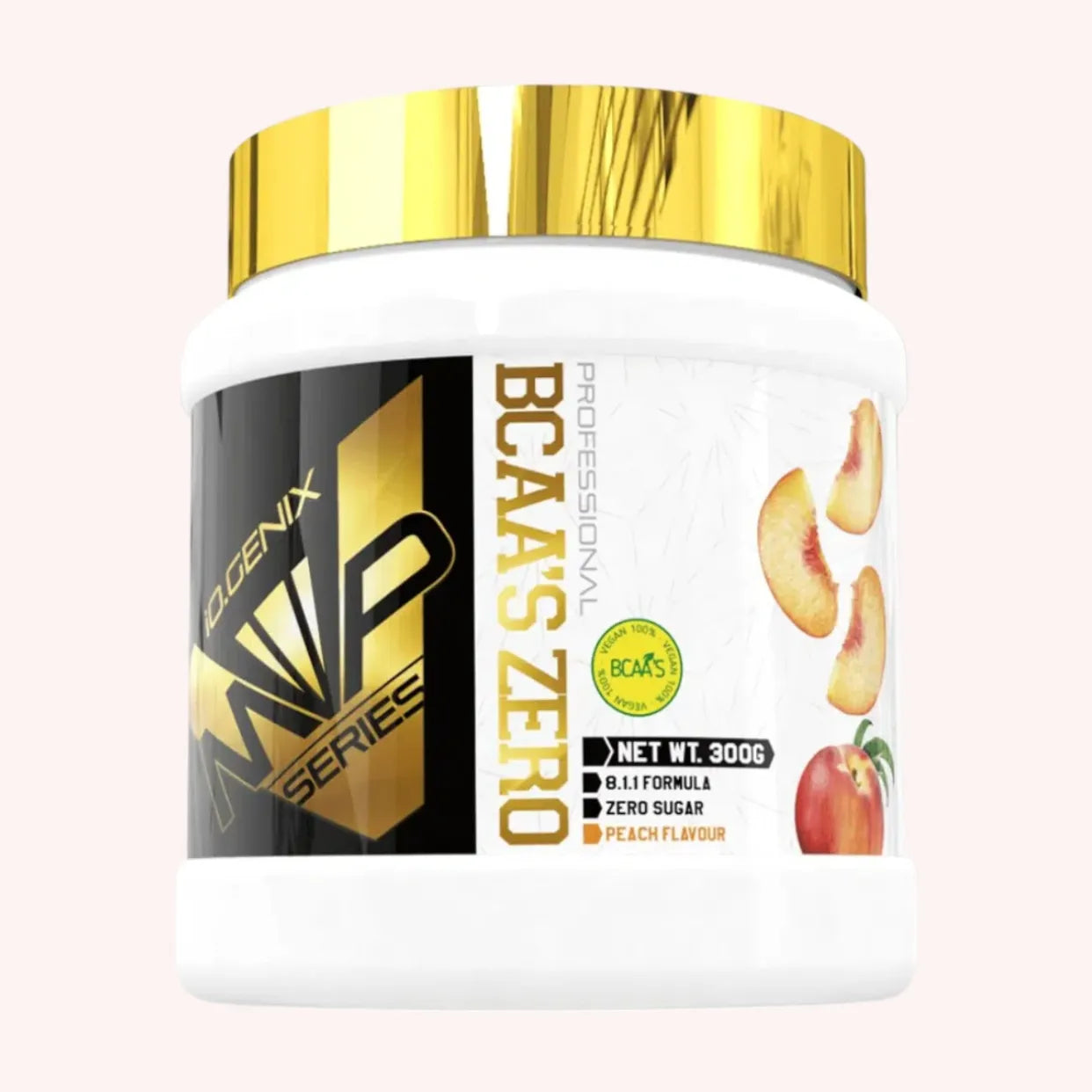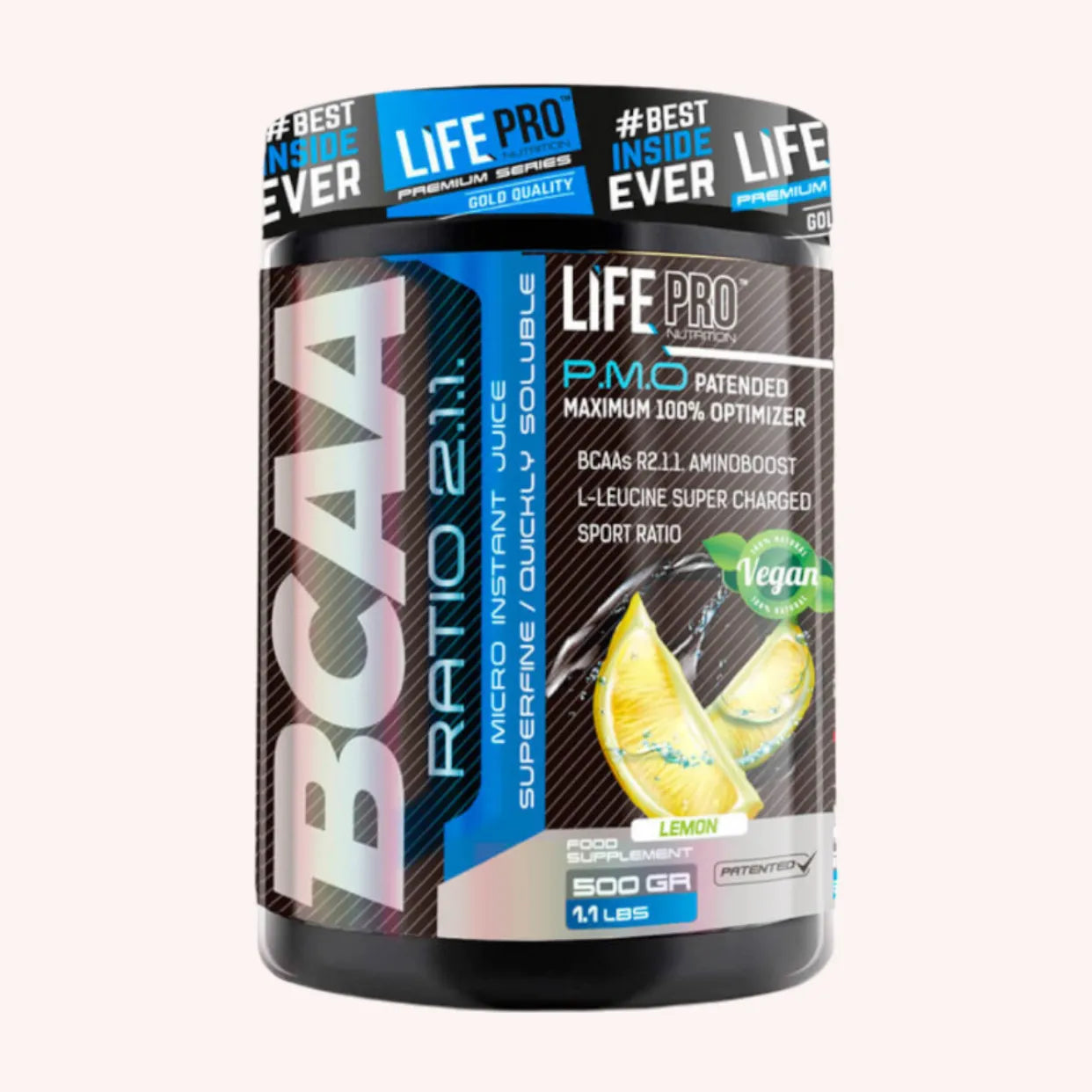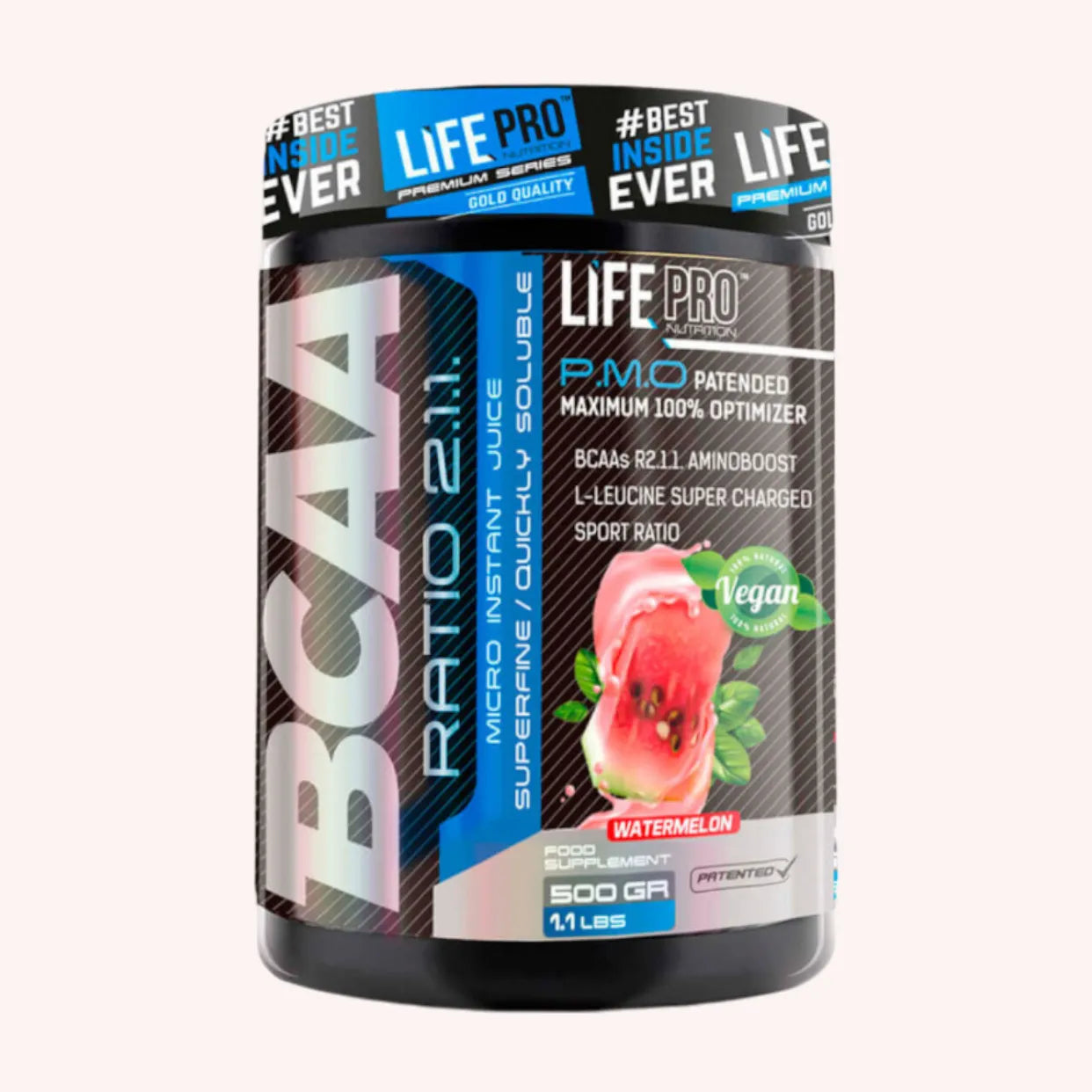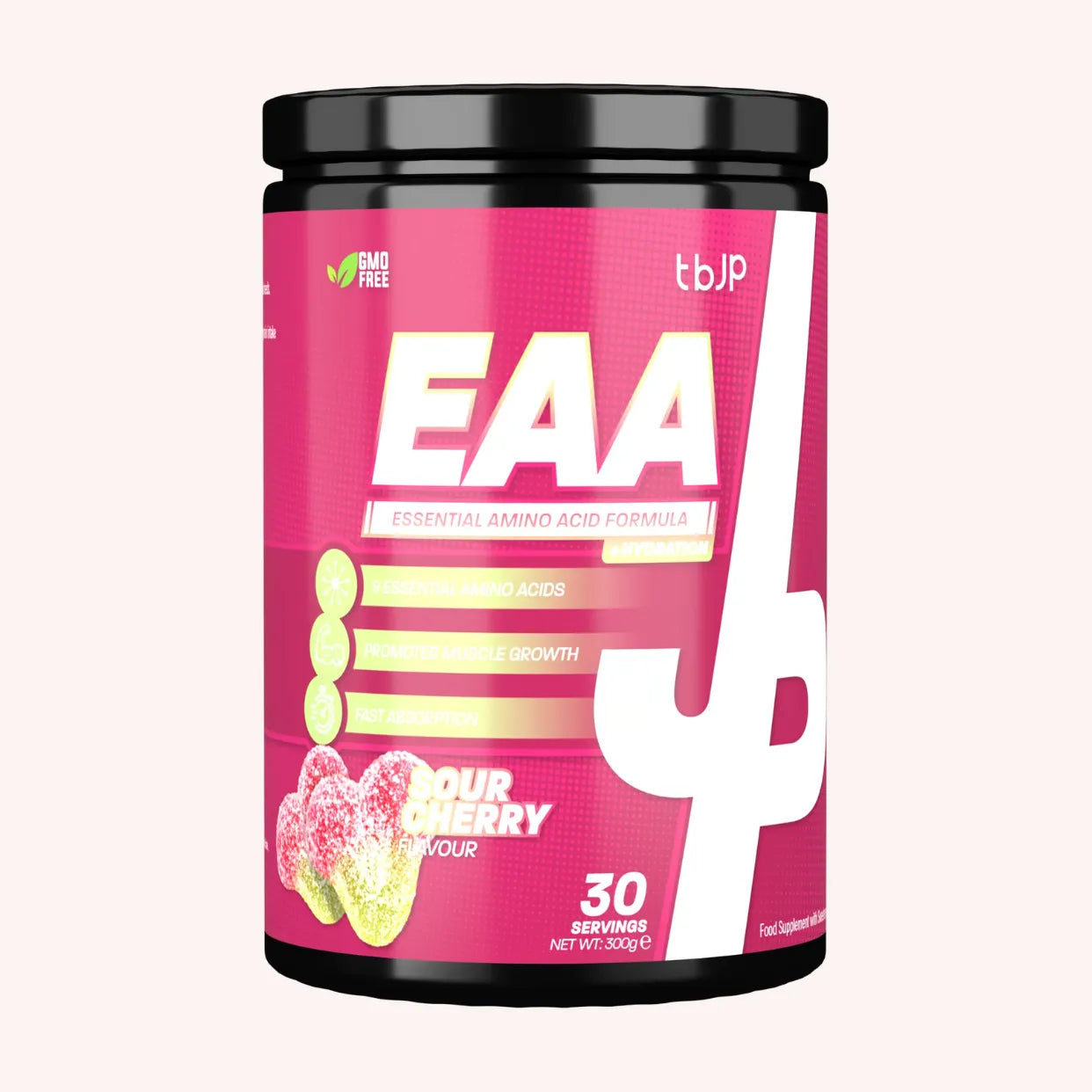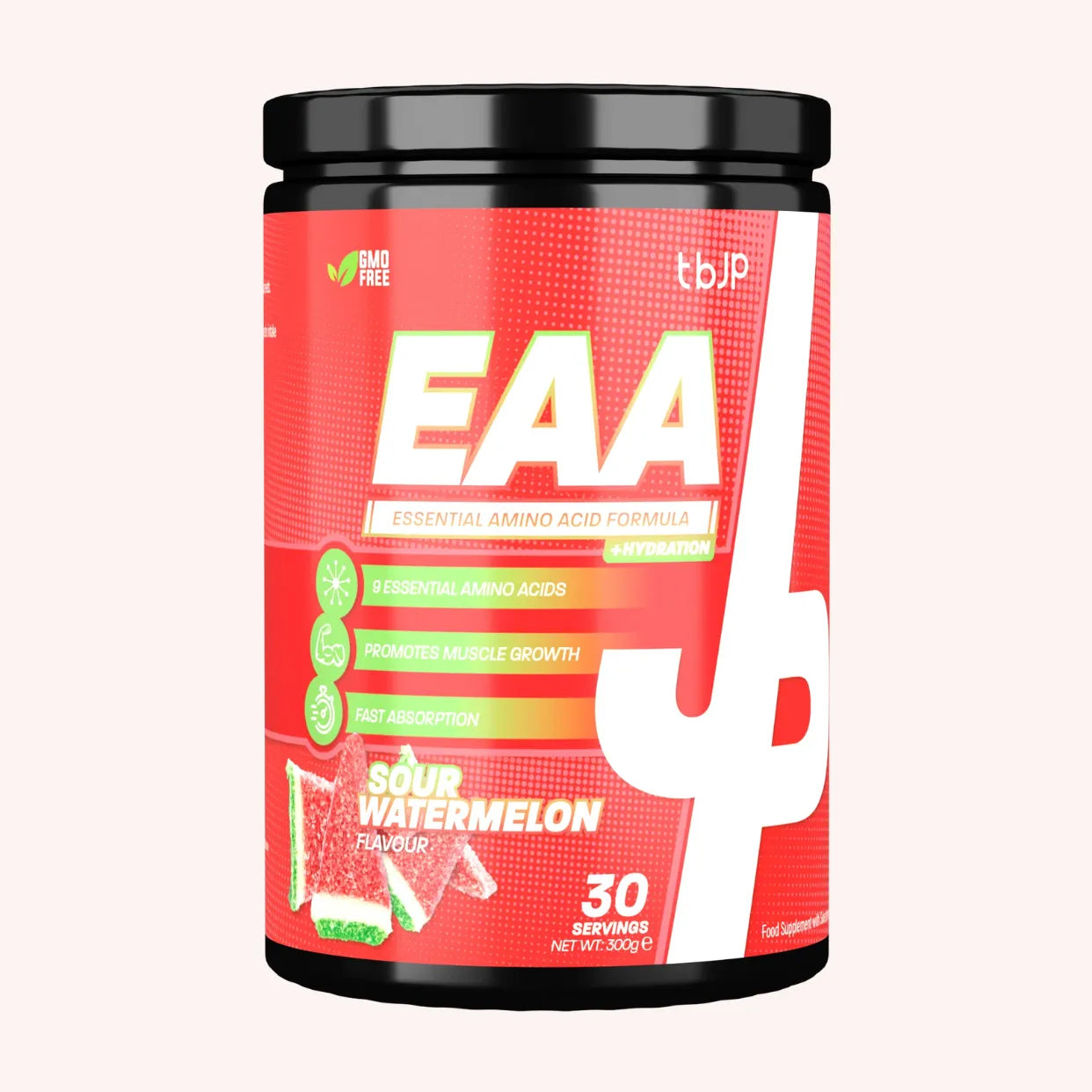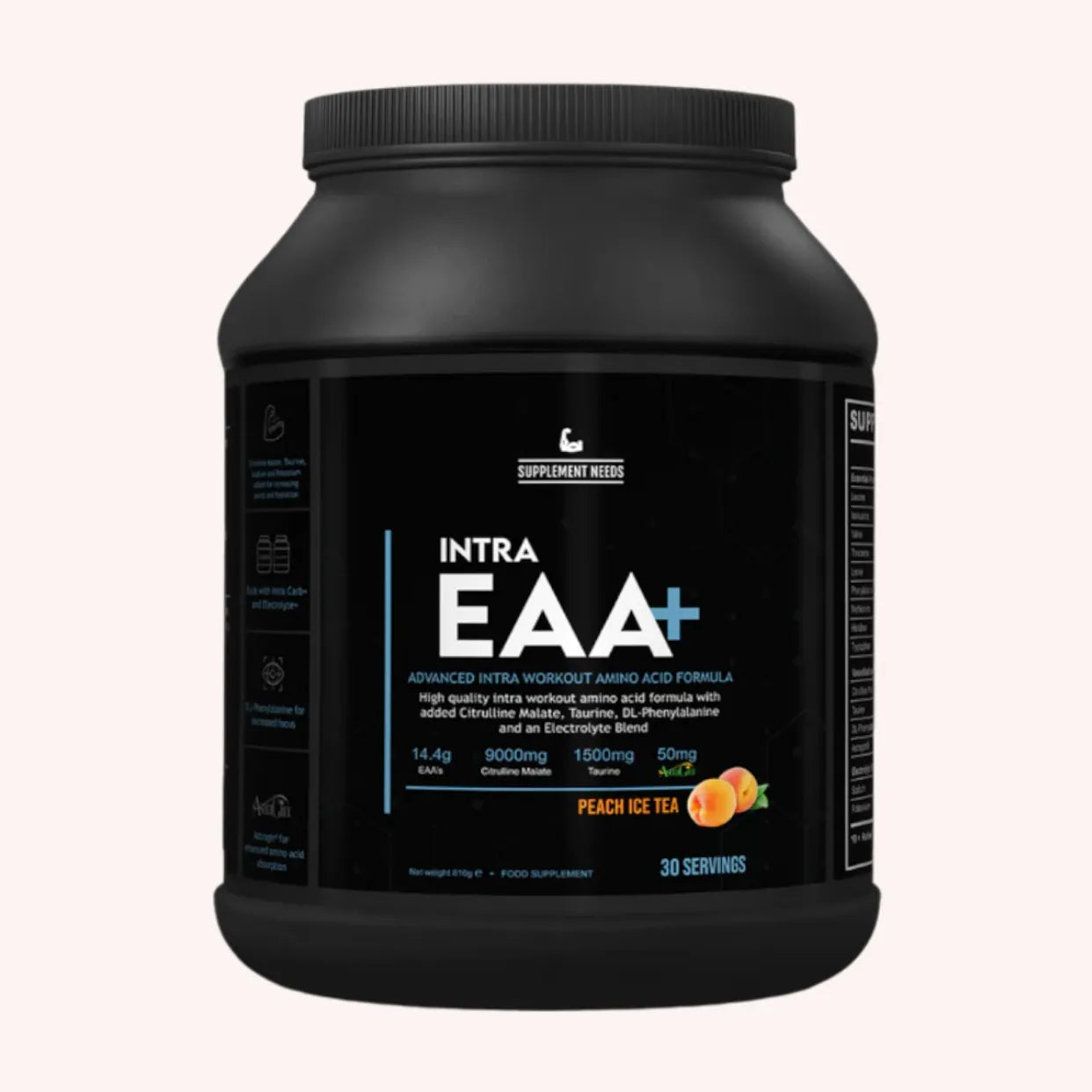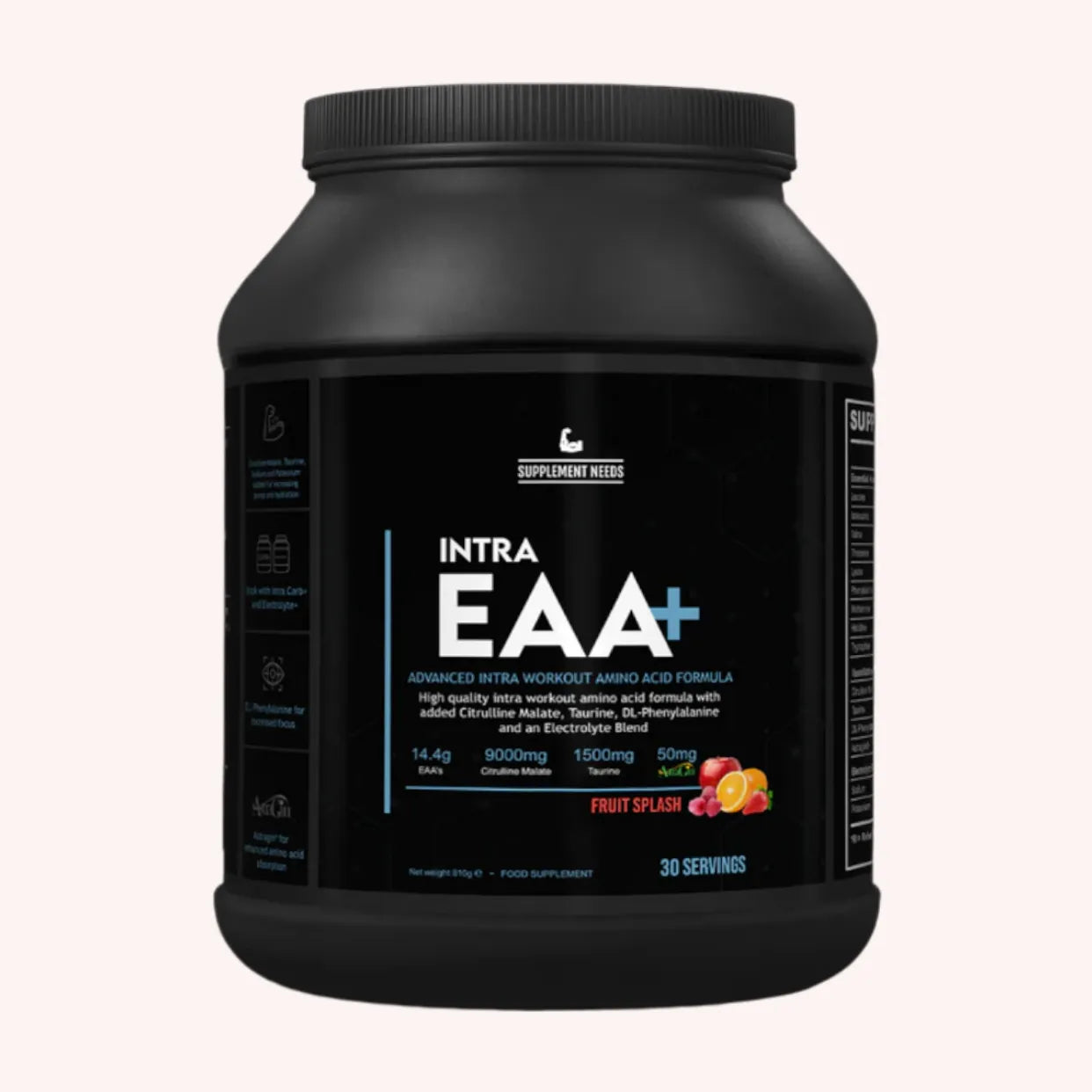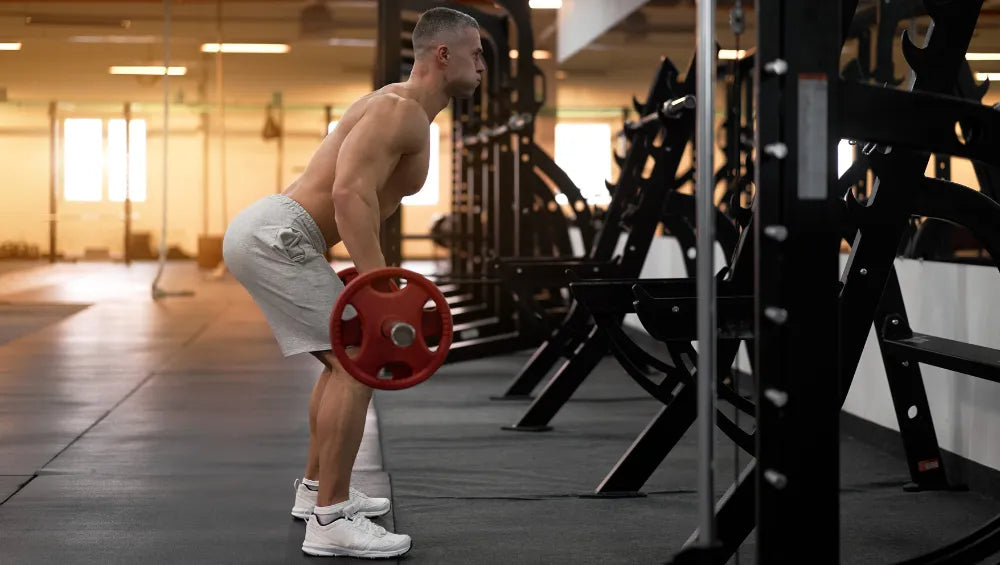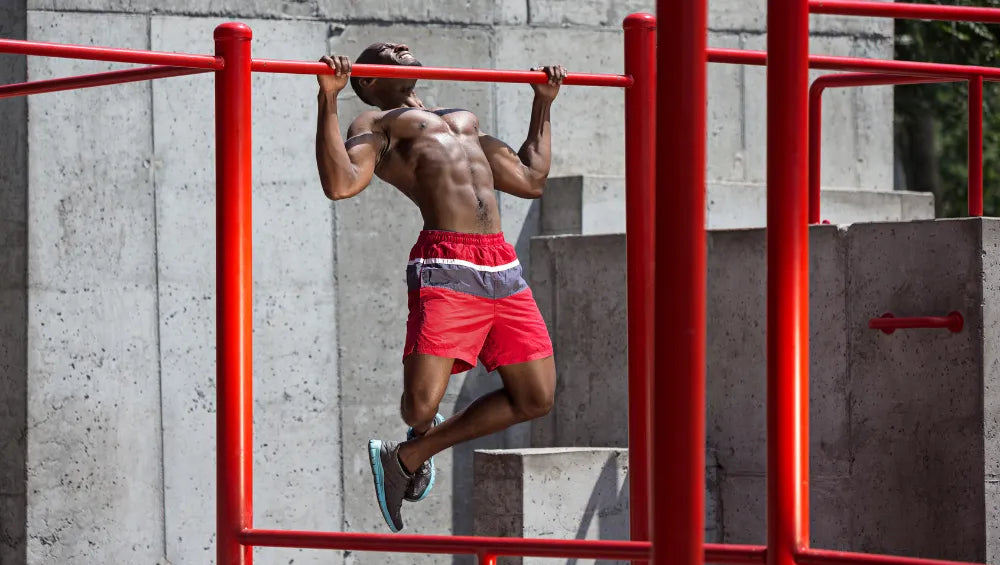Warming up is a step often overlooked by bodybuilders, even though it's essential for preparing the body for exercise. A well-started weight training session is a more effective and less risky session.
Here, we'll guide you through the different methods and techniques to optimize your warm-up and maximize your results.
Why is warming up essential in bodybuilding?
Before diving into intense exercise, it's important to prepare your body. Warming up allows you to:
- Increase body temperature: This improves fluidity of movement and muscle contraction.
- Prepare the joints: Increasing the production of synovial fluid reduces friction and promotes mobility.
- Activate the cardiovascular system: Blood is better distributed to the muscles being used, thus optimizing their functioning.
- Improve mental focus: Warming up allows you to focus on your session and visualize your goals.
The principles of a good warm-up
An effective warm-up must respect several principles:
- Gradual: Starting slowly is key to avoiding sudden changes. This means starting with simple movements, such as joint rotations or light cardio, and then gradually increasing the intensity depending on the effort required. For example, if your goal is intense strength training, start with light sets to prepare your muscles and joints.
- Specificity: Every strength training session has different goals, and your warm-up should reflect these variations. If you're targeting the legs, incorporate movements like deadlift squats or dynamic lunges. If you're working the back, lumbar extensions or light rows are ideal. The idea is to prepare the directly used muscle groups so they're fully activated.
- Sufficient duration: An optimal warm-up generally lasts between 10 and 15 minutes. This duration allows for a gradual increase in body temperature , mobilization of joints and increased blood flow to the muscles. However, the duration can vary depending on the complexity of the session: Preparation for heavy multi-joint exercises may require a longer warm-up.
Structure of the warm-up
1. General warm-up
The goal is to increase your body temperature and prepare your muscles. Here are some examples:
- Light cardio (5 minutes): An activity like the elliptical trainer or jumping rope is ideal for gently raising your heart rate and warming up your entire body. This type of exercise also promotes blood flow to the main muscles being worked.
- Joint Mobilizations (3 minutes): These movements are essential for preparing your joints for exercise. Perform circles with your arms, wrists, hips, and ankles. You can also include torso rotations to mobilize your spine.
2. Dynamic warm-up
This phase consists of performing more targeted movements:
- Jumping jacks (1 minute): This exercise engages the entire body, increasing coordination and stimulating the cardiovascular system. Perform controlled jumps while maintaining good posture.
- Dynamic Lunges (1 minute): By alternating legs, this exercise works the hips, quads, and glutes. Add a slight arm movement to integrate the upper body .
- Leg swings (1 minute): Lean against a wall or chair and swing each leg back and forth. This exercise improves flexibility in the hamstrings and quadriceps while increasing hip mobility.
3. Specific warm-up
Adapt this step to the main exercise of your session. The goal is to directly prepare the targeted muscles and joints by using light weights and gradually increasing the intensity. Here's an example for a target weight of 100 kg in the bench press :
- 20 reps at 20 kg: Focus on technique and posture.
- 10 repetitions at 50 kg: Increase the load slightly to activate the muscles used.
- 6 repetitions at 75 kg: Prepare your muscles for the expected workload while avoiding fatigue.
Warm-up techniques for each muscle group
Shoulders
The shoulders are a particularly stressed and sensitive joint. Warming them up properly significantly reduces the risk of injury and improves joint stability:
- Pulley L-flyes: This exercise targets the shoulder stabilizing muscles, including the infraspinatus and teres minor. Perform controlled movements with a light load to engage the rotator cuff.
- External Rotations with Resistance Bands: Attach a resistance band to a stable structure and perform external rotation movements. This workout improves strength and prepares the shoulders for complex movements like the military press.
Back
The back, made up of many deep and superficial muscles, must be carefully prepared:
- Lumbar Bench Extensions: Lie on a lumbar bench and perform controlled extensions. This activates the lower back muscles, especially the erector spinae, and stabilizes the spine.
- Light Row: Using a barbell or light dumbbells, perform a pulling motion to engage your lats and traps. Focus on the range of motion to improve scapular mobility.
Legs
The legs require special attention to mobilize complex joints such as the knees and hips:
- Straight-Leg Deadlift: Keeping your legs nearly straight, perform a flexion-extension movement while holding a light barbell or dumbbell. This exercise stretches and prepares the hamstrings while activating the glutes.
- Unloaded Squats: Perform unloaded squats, focusing on technique. This exercise warms up the quads, glutes, and calves, while stabilizing the knees and ankles.
Common Mistakes to Avoid
- Skipping the warm-up: Many exercisers skip this step, thinking it's saving time. However, neglecting the warm-up exposes them to preventable injuries, such as muscle strains or sprains. Always consider the warm-up as insurance for your session.
- Perform static stretches: Static stretches, often associated with muscle relaxation, are not suitable before intense exercise . They reduce muscle responsiveness and can reduce your performance. Focus on dynamic stretches, which mobilize your muscles while maintaining a certain activation.
- Overload your muscles: A warm-up is not a workout. Using weights that are too heavy or performing too many repetitions can fatigue your muscles before the session even begins. Keep your weights light and focus on technique.
The importance of nutrition
Proper nutrition is essential to support your efforts. Consuming protein powder before and after training can improve recovery. Whey protein , rich in essential amino acids, is an excellent option for athletes looking to increase their muscle mass . Combined with a balanced diet, it promotes optimal muscle synthesis and better repair of stressed tissues.
Additionally, using sports supplements , such as BCAAs or creatine, can boost your performance. These products, designed specifically for athletes, provide energy support and improve muscular endurance during intense workouts. They can also reduce fatigue and speed up recovery, allowing you to be more consistent and efficient in your sessions.
To get the most out of these solutions, be sure to follow the recommended dosages and integrate them into an overall sports nutrition strategy tailored to your goals.
An example of a complete warm-up program
A good warm-up program should cover all the necessary aspects to effectively prepare your body for exercise. Here's a detailed version for a general strength training session :
Step 1: Light Cardio (5 minutes)
Light cardio is used to gradually increase your heart rate and warm up your muscles overall. You can opt for:
- Cycling: At a low intensity, it primarily activates the legs while stimulating your cardiovascular system. Ideal for preparing the knee and hip joints.
- The treadmill: A brisk walk or light jog wakes up the entire body and improves blood circulation to major muscles.
During these 5 minutes, keep a moderate pace, enough to start sweating lightly without exhausting yourself.
Step 2: Joint mobilizations (3 minutes)
This step aims to prepare your joints by improving their mobility and range of motion. Here are some exercises to include:
- Arm Circles: Extend your arms out to the sides and make small, then large, circles, first forward, then backward. This warms up your shoulders and elbows.
- Hip rotations: Place your hands on your hips and make circular movements. This helps release tension and mobilize the joints.
- Ankle Rotations: Raise one leg and slowly rotate your ankle in one direction and then the other. Switch feet after 30 seconds.
These joint mobilizations are quick, simple and allow you to prepare the entire body in a balanced way.
Step 3: Dynamic Exercises
Dynamic exercises activate muscles and improve their responsiveness. Here's a 3-minute routine that works for you:
- Jumping jacks (1 minute): This classic exercise engages the entire body. Keep a moderate pace and focus on large movements.
- Dynamic Lunges (1 minute): Step one leg forward into a lunge, then quickly alternate. This exercise works the quads, glutes, and hips.
- Leg swings (1 minute): Holding onto a support for balance, swing one leg back and forth, then switch sides. This engages the hamstrings and quadriceps.
Step 4: Specific Series
This step directly prepares the muscles you'll be working during your session. Adapt the weights and number of repetitions to the main exercise in your program. Let's take an example with a bench press for a target weight of 100 kg:
- 20 reps at 20 kg: Use an empty bar and focus on technique.
- 10 repetitions at 50 kg: Increase the load and maintain a controlled movement.
- 6 reps at 75 kg: Approach your target load while avoiding excessive fatigue.
This gradual approach allows your muscles and joints to adapt to heavy loads without the risk of injury.
Warming up is an essential step in preparing your body and mind for exercise. By following these guidelines, you will optimize your performance while reducing the risk of injury .
Take the time to prepare properly: An effective warm-up is the key to a successful workout.


